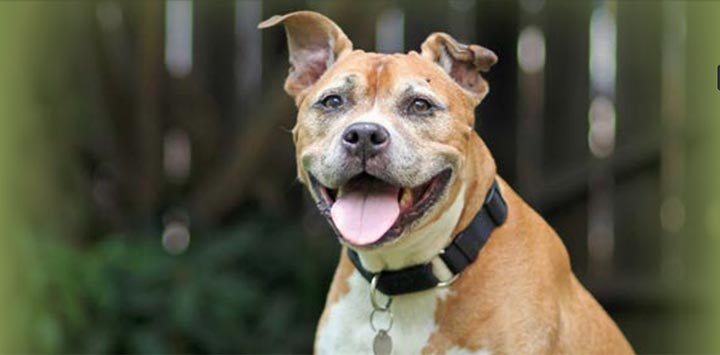
Humane Animal Control Manual
In the Humane Animal Control manual, you will find a road map for progressive, community-based animal care and control. Best Friends Animal Society has assembled a collection of descriptions of our country’s most successful lifesaving programs, written by those who helped make them possible. Whether you’re a municipal employee new to this field or a seasoned veteran, we hope that this publication will empower you and your agency to expand the level of service you bring to the people and animals in your community.
Like most things, the world of animal care and control is forever changing. An ever-growing body of research and data is providing us with more insight into our work, and oftentimes inspiring us to let go of beliefs and practices that no longer apply. Today’s animal care and control leaders are curious about their field and committed to staying abreast of the latest research, trends and operations from their colleagues. This guide is designed to feed that professional curiosity and commitment to learning.
While not every approach and opinion presented in this guide adhere perfectly to Best Friends’ philosophy, the underlying values and shared commitment to saving dogs’ and cats’ lives are universal. And our hope is that this publication will help you better examine your own programs with an eye toward increasing animal welfare while fostering public safety and community harmony. And yes, we can do both at the same time.
Best Friends is committed to helping animal care and control agencies throughout the country achieve lifesaving success and put an end to the killing of pets in shelters. Through the Best Friends Network, comprising thousands of animal welfare partners around the country, we’re able to provide professional mentorships, shelter and field assessments, and other critical resources to agencies in need. Supporting the people and animals in our communities must be a team effort.
Here are the topics covered in the manual:
Chapters
1: The Role of Animal Control in Local Government
2: The Role of Local Government in Animal Control
3: Shelter Operations and Lifesaving Programs
4: Community Outreach and Engagement
5: Coalition-Building
Appendices
A: Community Engagement Strategies
B: Management of Stray and Feral Cats
C: Animal Welfare Coalition-Building Action Kit
D: Return to Home (Owner) Strategies
E: Managed Intake
F: Delayed or Diverted Intake
G: Intake Diversion in the Field
H: Intake Diversion via Pet Retention
I: Adoption Programs
J: Shelter Liabilities
K: Enrichment for Cats in Shelters
L: Enrichment for Dogs in Shelters
M: Foster Programs
N: Volunteer Programs
O: Tracking Data, Using Data to Make Decisions, and Transparency
P: Dangerous Dog Investigations
Q: Progressive Animal Control Ordinances
R: Fundraising for Government-Funded Shelters
S: Public/Private Partnerships: Case Study
T: The Best Friends Network
*Updates to this manual are in progress and a new link will be published soon